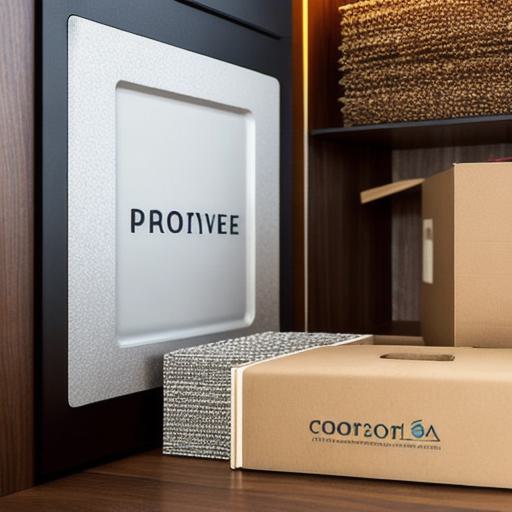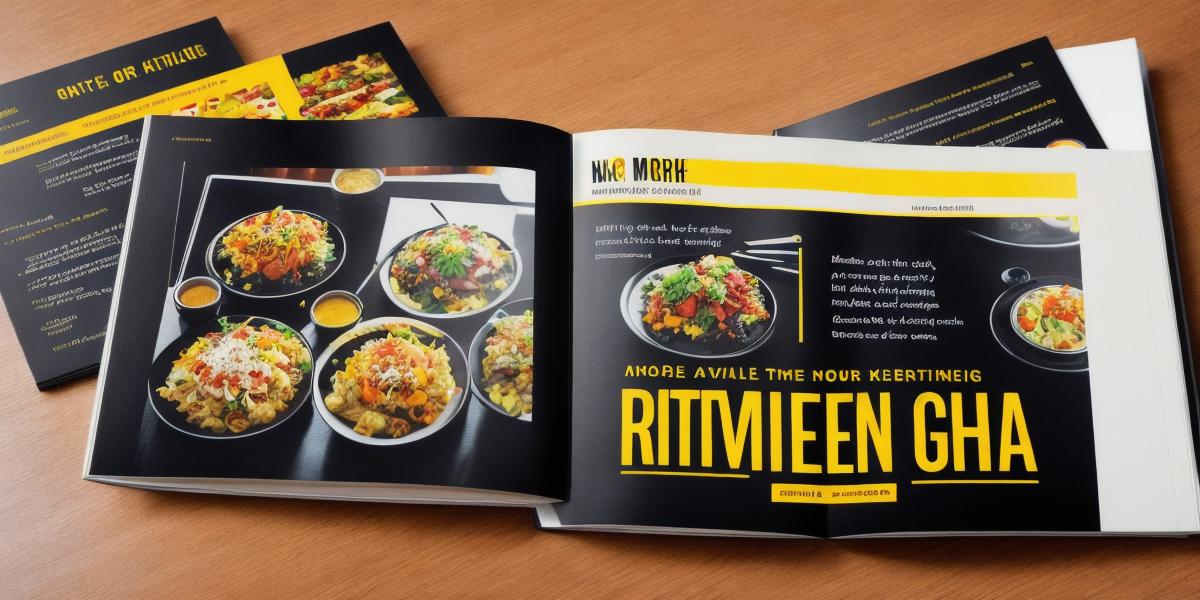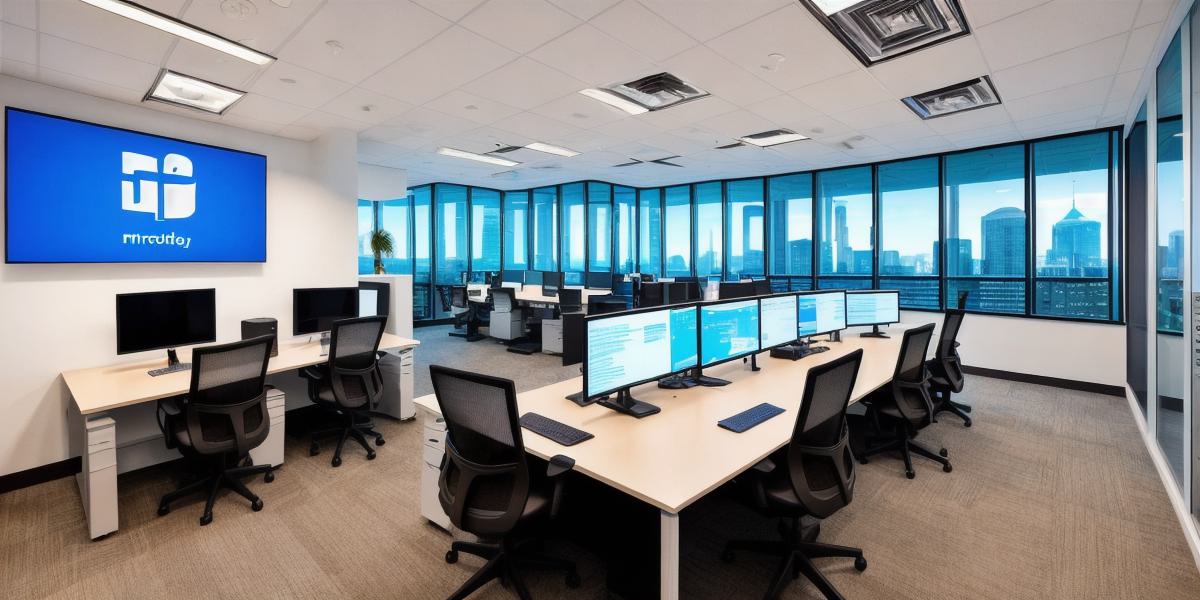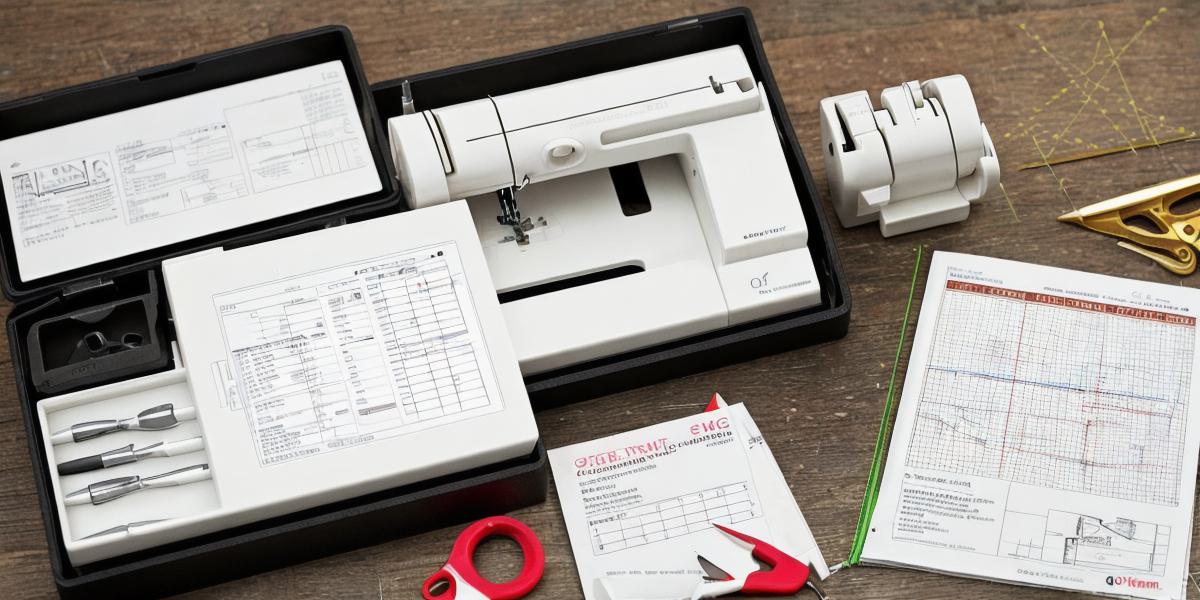What are the most effective marketing tools for restaurants to attract customers and increase sales
Introduction:
In today’s competitive restaurant industry, it can be challenging to attract new customers and retain existing ones. Effective marketing is crucial in driving sales and increasing revenue for restaurants. In this article, we will explore the most effective marketing tools that restaurants can use to attract customers and increase sales. We will also discuss how SEO can help optimize your website for search engines and drive traffic to your restaurant.
Part 1: Traditional Marketing Tools
- Print Advertising:
Print advertising is still a popular way for restaurants to reach new customers. Local newspapers, magazines, and flyers are effective in promoting special offers and events. For example, a restaurant can place an ad in the local paper announcing a new menu item or a weekend brunch deal. - Direct Mail Marketing:
Direct mail marketing involves sending promotional materials directly to potential customers. This could be through postcards, brochures, or even personalized emails. A restaurant can use direct mail marketing to promote special offers or events to its local customer base. - Radio and Television Advertising:

Radio and television advertising are effective in reaching a large audience quickly. These traditional marketing tools are great for promoting special offers or events, as well as building brand awareness. For example, a restaurant can run a commercial during the lunch hour, highlighting its signature dish and offering a limited-time promotion. - Billboards:
Billboards are a great way to attract attention and generate interest in your restaurant. They are effective in reaching a wide audience quickly, especially for restaurants located near busy roads or highways. - Outdoor Advertising:
Outdoor advertising includes billboards, bus stop posters, and transit ads. These traditional marketing tools are effective in promoting special offers or events to local customers, especially for restaurants located in urban areas.
Part 2: Digital Marketing Tools
- Social Media Marketing:
Social media marketing is a powerful tool for reaching new customers and building brand awareness. Platforms like Facebook, Instagram, and Twitter allow restaurants to engage with their customers and share updates about menu items, events, and promotions. For example, a restaurant can use Instagram to showcase its signature dishes and offer limited-time promotions to its followers. - Search Engine Optimization (SEO):
Search engine optimization is the process of optimizing your website to rank higher in search engines like Google. This involves using keywords, meta descriptions, and other on-page elements to improve your website’s visibility in search results. For example, a restaurant can optimize its website for local search terms like "best pizza in town" or "delicious burgers nearby." - Email Marketing:
Email marketing is an effective way to communicate with existing customers and promote special offers or events. Restaurants can use email marketing to keep their customers informed about menu changes, new promotions, and upcoming events. For example, a restaurant can send out a weekly newsletter featuring new menu items and offering a discount code for its loyal customers. - Pay-Per-Click (PPC) Advertising:
Pay-per-click advertising is a form of online adverting where advertisers pay each time an ad is clicked on. This allows restaurants to target specific keywords and demographics, resulting in more relevant traffic to their website. For example, a restaurant can use Google Ads to promote its signature dish or upcoming event to customers searching for similar products or services. - Video Marketing:
Video marketing is an effective way to engage with customers and showcase your restaurant’s menu items and ambiance. Platforms like YouTube, Facebook video, and Instagram video allow restaurants to share short videos of their food, drinks, and atmosphere. For example, a restaurant can use Instagram video to showcase its signature dish and offer a limited-time promotion to its followers.
Case Study: The Rise of Online Ordering and Delivery
The COVID-19 pandemic has accelerated the shift towards online ordering and delivery for restaurants. According to a survey by Grubhub, 40% of consumers have ordered food online more often since the pandemic began. This trend is expected to continue even after the pandemic subsides, as more consumers become accustomed to the convenience of online ordering and delivery.
Restaurants that have embraced online ordering and delivery platforms like Grubhub, DoorDash, and Uber Eats have seen a significant increase in sales and revenue during the pandemic. For example, a restaurant in New York City reported a 300% increase in sales after implementing online ordering and delivery through Grubhub.
Part 3: How SEO Can Help Optimize Your Website for Search Engines
Search engine optimization (SEO) is the process of optimizing your website to rank higher in search engine results pages (SERPs). This involves using keywords, meta descriptions, and other on-page elements to improve your website’s visibility in search results. Here are some tips for optimizing your restaurant’s website for search engines:
- Conduct Keyword Research:
Keyword research is the process of identifying popular search terms related to your business. For example, a restaurant in New York City might target keywords like "best pizza in town," "delicious burgers nearby," or "fine dining restaurants in Manhattan." By optimizing your website for these keywords, you can improve your visibility in search results for those terms. - Use Meta Descriptions:
Meta descriptions are snippets of text that appear below your website’s title and URL in search results. They should include relevant keywords and a brief description of your business. For example, a restaurant might use a meta description like "Fine dining in the heart of Manhattan. Enjoy our signature dishes and impeccable service."
- Optimize Page Titles and Headings:
Page titles and headings are important for search engines to understand the structure and content of your website. Use relevant keywords in your page titles and headings, but avoid keyword stuffing (using too many keywords in a single title or heading). - Include Alt Tags on Images:
Alt tags are used to describe images on your website for people with visual impairments. They also help search engines understand the content of your images. Use relevant alt tags that include relevant keywords, but avoid using too many words. - Create High-Quality Content:
Creating high-quality content is important for search engines to rank your website higher in search results. This includes blog posts, menu descriptions, and other types of content. Use relevant keywords in your content, but avoid keyword stuffing or using too many keywords in a single piece of content.
Part 4: Comparing Traditional vs. Digital Marketing Tools
While traditional marketing tools like print advertising and radio can be effective in reaching local customers, digital marketing tools like social media and email marketing are more targeted and cost-effective. Digital marketing tools also allow restaurants to track the effectiveness of their campaigns and adjust their strategies accordingly. Here are some comparisons between traditional and digital marketing tools:
- Reach:
Traditional marketing tools like print advertising, radio, and television have a limited reach, while digital marketing tools like social media and email marketing can reach a global audience. - Cost:
Digital marketing tools are generally more cost-effective than traditional marketing tools, especially for small businesses. For example, social media advertising can be targeted to specific demographics, allowing restaurants to pay only for the ads that will reach their desired audience. - Targeting:
Digital marketing tools like social media and email marketing allow restaurants to target specific audiences based on location, age, interests, and other factors. This results in more relevant traffic to their website and higher conversion rates. - Analytics:
Digital marketing tools provide detailed analytics that allow restaurants to track the effectiveness of their campaigns and adjust their strategies accordingly. For example, they can see which types of ads are generating the most clicks and conversions, allowing them to focus their efforts on those channels.
Conclusion
Restaurants that want to succeed in today’s competitive marketplace need to embrace both traditional and digital marketing tools. While traditional marketing tools like print advertising and radio can be effective in reaching local customers, digital marketing tools like social media and email marketing are more targeted and cost-effective. By using a combination of these tools and optimizing their website for search engines, restaurants can attract new customers and generate higher revenue.




